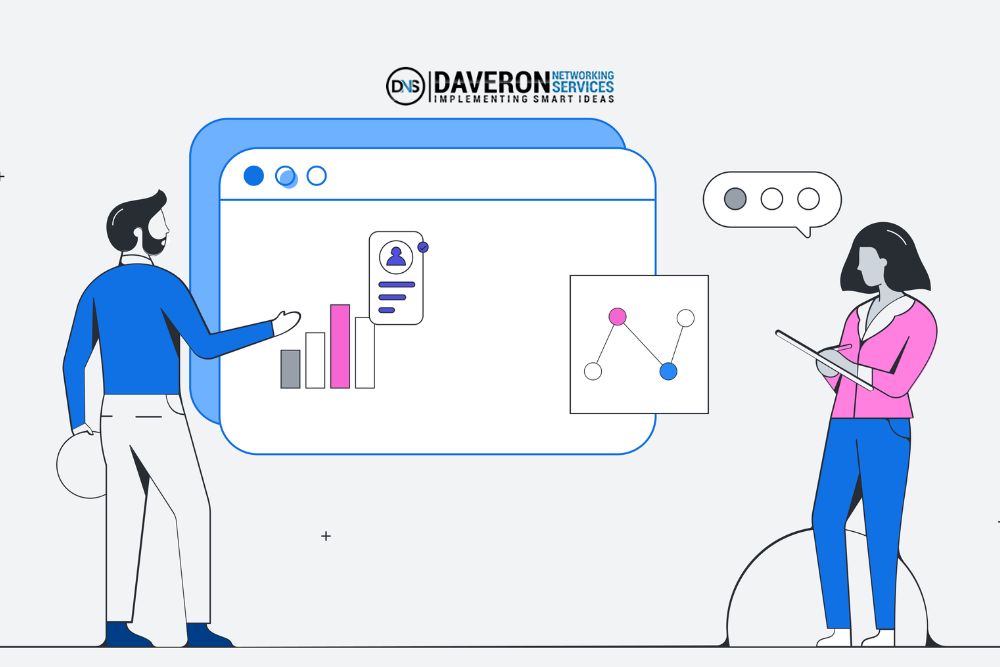Nowadays, businesses seem overly complex due to a rise in the rate of data and tools in management. In the face of business development complexity, both working environments and sales conditions continue to develop at the same time which makes it more challenging for small and large-scale businesses to take up active decisions as fast as they should.
For your business to exhibit efficacious change, you must have a better understanding of complexity tools, processes, and data and how they complement each other. When there is a raise in complexity and change at the same time, there will be irrefutable pressure on the company involved. By reading further, you can learn about the different complexities of business development.
What is the Complexity of Business Development?
Business complexity has many definitions depending on who is defining it. According to a market research and technology analyst by the name of Jost Hoppermann, business complexity is a term for having different kinds of interconnected and interdependent stakeholders, organizational platforms, and information technologies.
The stakeholders in the business complexity category include customers, employees, competitors, investors, regulators, media suppliers, and partners. However, the organizational platform in business complexity includes joint investments, subsidiaries, and divisions.
Business complexity by some people refers to the restructuring of an extensive, intertwined network of data, technologies, services or products, and individuals in an establishment. Complexity is an additional product of a speculated business change such as portfolio expansion, growth, and innovation.
Therefore, as businesses incorporate new tools, maximize the company’s scalability, assist new customers and more, both dependency and interconnection begin to take shape in the business. But, business development complexity might get out of control.
This means that a company’s expansion can impact the complexity of a business and the entanglement or intertwined technology, data, and other processes can become extremely complicated such that it will become a huge challenge to determine the effect of elements on one another and the right one for your company.
What Are the Tips for Navigating the Complexity of Business Development
1. Include Business Complexity into Simple Layout
When managing business complexity, infuse easy-to-comprehend layouts such as visuals. Once you understand how best you can navigate business complexity, your business might have reduced challenges as most causes of setbacks are the way elements are intertwined and how you might have issues identifying the most relevant element.
Visuals help in projecting images. It is one of the most efficient ways you can showcase the connection between different pieces or objects, and it also uses features to explain the various layers of the marketplace.
2. Connect Tools and Disconnect Technological Silos
Connectivity is important, and businesses should place it as a high-ranking tip when managing business complexity for development. When you are assessing current technologies to carry out in your organization, ensure that you put exhaustive solutions as a top priority that can further complement your current tools and replace them if you want.
By reducing the number of freestanding tools you have, you’ll decrease the number of data silos across the organization. With fewer data silos, teams will have an easier time managing security risks and making decisions.
3. Provide Organizational Care Support to Fit into Business Complexity
Whenever a business is complex, you are likely going to face growth problems. Most people consider it as a natural downside of business development. However, complexity mostly occurs where business thrives, which means a stagnated business might not have complexity challenges.
With this understanding, you should endeavor to take measurable steps to know about complexity and reduce it. Also, instead of eliminating it, you should adapt to it. For your company’s network, you must pay greater attention to creating a business framework within the customs of your establishment to ensure better development, change, and growth and to withstand impending threats.
4. Form an Independent Channel of Truth
When managing business complexity to develop your company, it is pertinent to place your employees beyond the organization’s adherence. You must be certain that the people working for you have sufficient information that is useful for decision-making and innovations.
Your team should also have ideas, understand how to centralize and manage information, including past decisions if necessary, systemize, and process things. So many cloud-based archives grant accessible and secure repository options. They are also beneficial for individual or hybrid teams.
What Are the Challenges of Consultants in Business Complexity?
1. Creating a Reputable Footprint
Consultants are likely to face four challenges under this complexity, including:
- 1. Positioning: This has to do with defining an organizational focus and transactional value.
- 2. Social Experience: social proof can be a problem, which is why It is important to create credibility by utilizing former projects.
- 3. Network: your reputation value is your network. Therefore, you should not only see it as a starter tool.
- 4. Visibility: Visibility is important and without it, consultants can struggle in business development.
2. Positioning
Any consultant who positions poorly will likely struggle in business complexity because complexity involves several business development objectives. A business founder might experience mental pressure and choose just anybody available to help, and switch to using a professional business development consultant.
When this occurs, the consultant can also be under pressure to charge too low just to bring relief to a complex situation. Poor positioning means the consultant has already signed up to lose in both prospects, trust building, and visibility. What a consultant should do is revisit the problem and charge the client afresh.
3. Time
If your consulting business must leave one stage to another, you must check your time, as this has always been a concern. You need to rely on your time as a professional business development consultant by dedicating about 20 to 40% to improve your skills, and boost integrity.
However, spending more time to grow as a consultant has nothing to do with the real clock. It is by engineering the basics of your business as a consultant through reputation, expertise, focus, quality pricing, etc.
Conclusion
While it is important to control business complexity in a development strategy, consultants also face challenges as they struggle with different downsides. However, businesses can stand against economic uncertainties if complexity reduces and consultants can develop improved practices to help.






